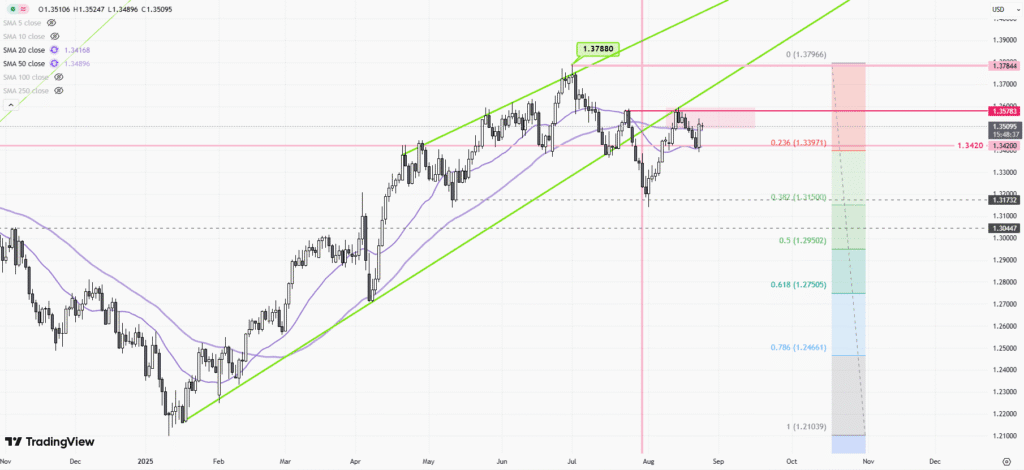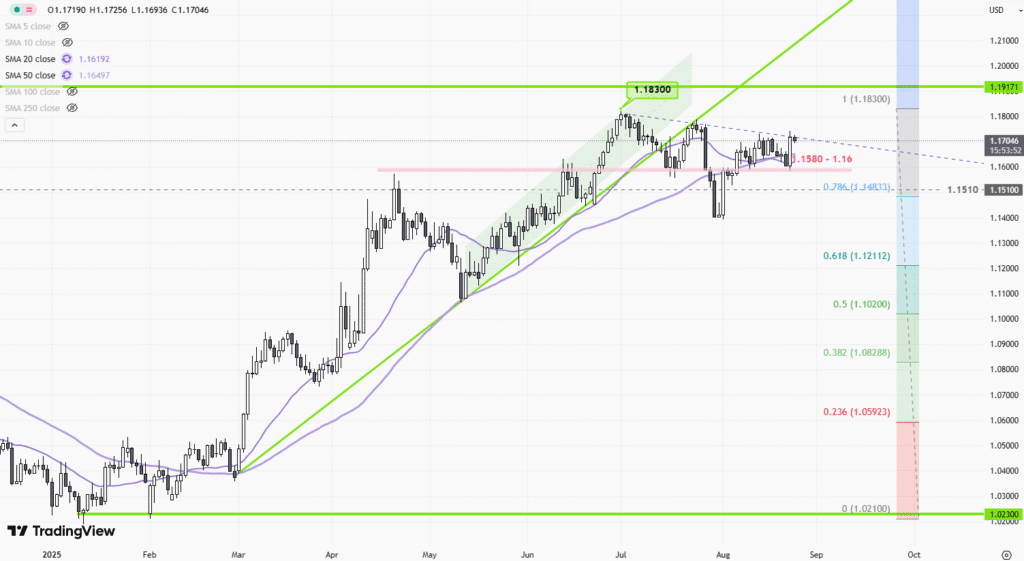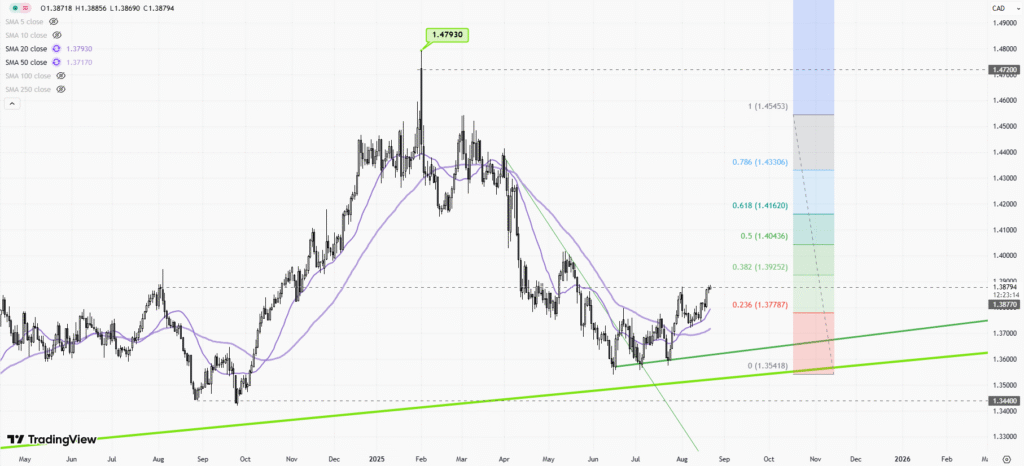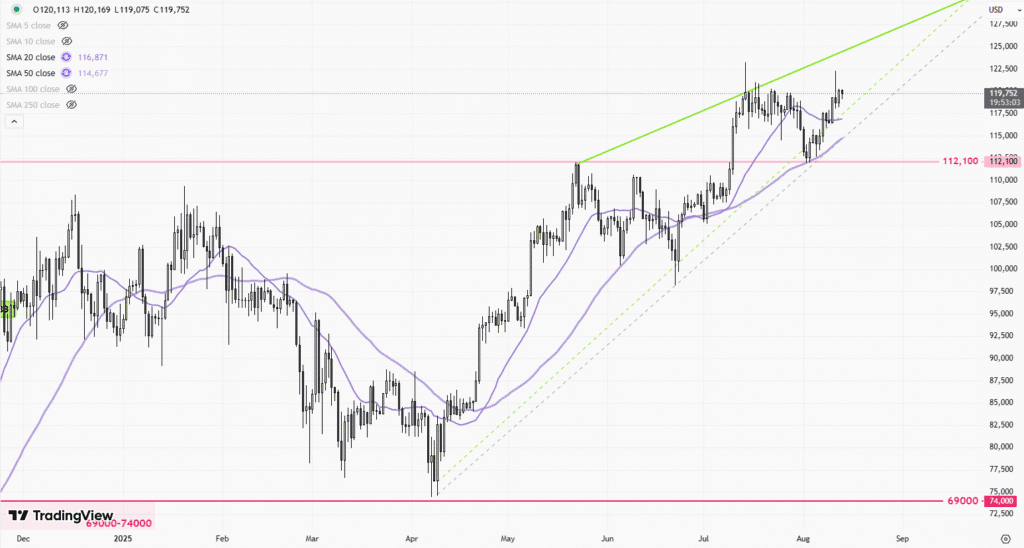 |
| Gold V.1.3.1 signal Telegram Channel (English) |

How Housing Inflation Continues to Influence Prices, Rents, and Interest Rates in 2025
2025-08-13 @ 00:01
Housing inflation is finally easing, but it remains the single biggest force keeping overall prices elevated—and it’s likely to shape the path of interest rates and consumers’ wallets for months to come.
Shelter costs, which include rents and the imputed cost of owning a home, make up roughly a third of the Consumer Price Index and an even larger share of “core” inflation. That heavy weight means even small moves in housing can swing the entire inflation picture. Recently, headline inflation has cooled as goods prices normalize and some services slow. But shelter is still doing the most to prop up the overall number, even as underlying signs point to moderation ahead.
Why the divergence? Official shelter inflation is a lagging measure. Lease renewals feed into the data with a delay, so the CPI captures past rent increases rather than current market conditions. Private market indicators have been signaling a cooldown for some time: new-lease rent growth has flattened or even slipped in several major metros, vacancy rates have nudged higher, and multifamily completions have surged after years of construction backlogs. Those trends typically take quarters—not months—to fully flow through to the CPI.
For homeowners, the story is nuanced. Mortgage rates near multi-decade highs dramatically raised the monthly cost of buying during 2023–2024, keeping many would-be sellers “locked in” to low-rate mortgages and constraining existing-home supply. In 2025, inventory has improved from rock-bottom levels, and price appreciation has slowed from the torrid pace of prior years, but affordability remains stretched by historical standards. Higher borrowing costs have cooled demand enough to temper home price growth, yet not enough to generate widespread declines, especially in regions with persistent supply shortages.
For renters, the peak pressure appears to be behind us nationally, though conditions vary by city and neighborhood. New supply in the apartment pipeline—especially in the Sun Belt and fast-growing secondary markets—has boosted competition and offered tenants more bargaining power on concessions and renewals. Coastal and supply-constrained markets remain tighter, but even there, rent growth has decelerated from 2021–2022 extremes.
What this means for inflation and the Fed: As newer, softer rent data progressively replaces last year’s higher leases in the CPI, shelter inflation should continue to edge down. Given shelter’s outsized weight, that drift lower can materially help bring core inflation closer to the Federal Reserve’s target. However, because the pass-through is slow and uneven, housing will likely continue to be the largest single contributor to inflation for a while, even as its impulse fades.
Key dynamics to watch in the coming quarters:
– New multifamily supply: Elevated completions increase vacancies, restrain rent growth, and accelerate disinflation in shelter.
– Mortgage rates: Sustained high rates keep affordability tight, suppress transactions, and limit price acceleration; any meaningful rate relief could revive demand and complicate the inflation outlook.
– Inventory mix: Rising active listings—especially of new homes—can curb price pressures, while shortages in desirable submarkets keep prices sticky.
– Regional divergence: Markets with strong job growth but constrained construction may see persistent price and rent resilience versus areas with ample new supply.
– Household formation: Demographic tailwinds support underlying demand, but macro uncertainty and high costs can delay moves, easing immediate price pressure.
For households and investors, practical takeaways:
– Renters may see more stable renewal offers and continued concessions in high-supply markets. Shopping around and timing leases to periods of higher vacancy can improve negotiating leverage.
– Prospective buyers should weigh the trade-off between price relief and rate uncertainty. Even modest rate declines can meaningfully improve monthly payments, but waiting solely for cheaper financing carries the risk that demand rebounds and lifts prices again.
– Homeowners with low fixed rates retain a valuable hedge against shelter inflation. For those considering moving, increased inventory can expand choices, but closing the “rate gap” remains a central challenge.
– Real estate investors face a more discerning environment: underwriting should assume slower rent growth, higher carry costs, and greater sensitivity to local supply pipelines.
Bottom line: Housing inflation is cooling, and that’s a welcome shift for the broader inflation fight. Yet because shelter dominates inflation metrics and adjusts with a lag, it remains the biggest factor keeping prices elevated. Expect continued gradual easing in shelter readings, not an abrupt drop—barring a significant change in interest rates, supply, or the economy’s momentum.








